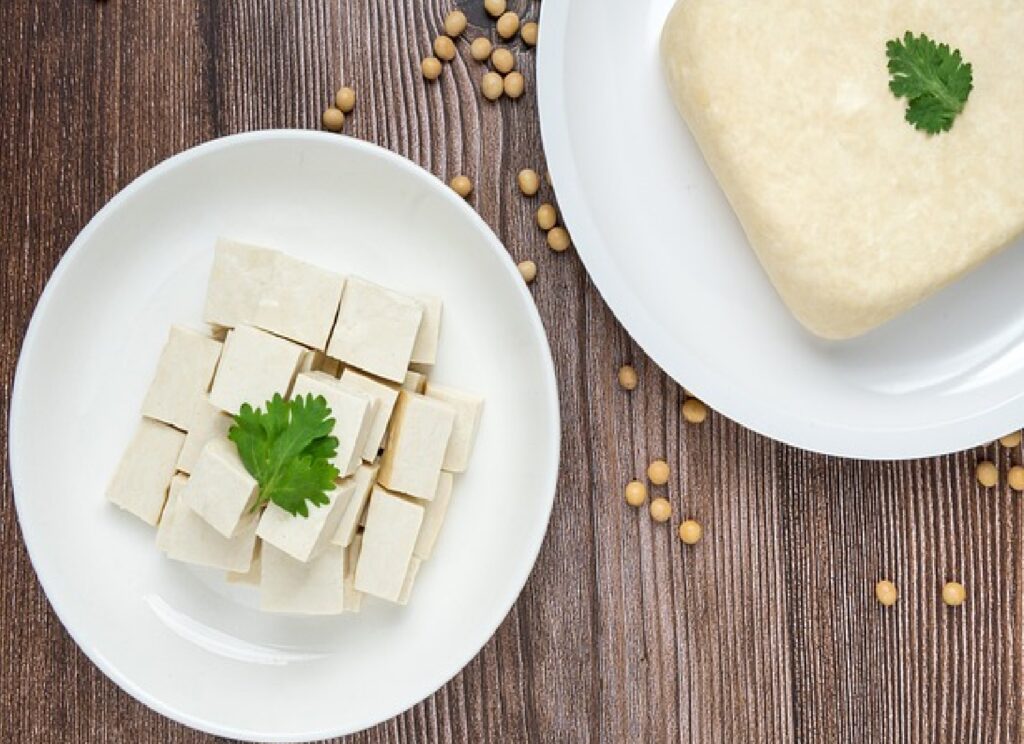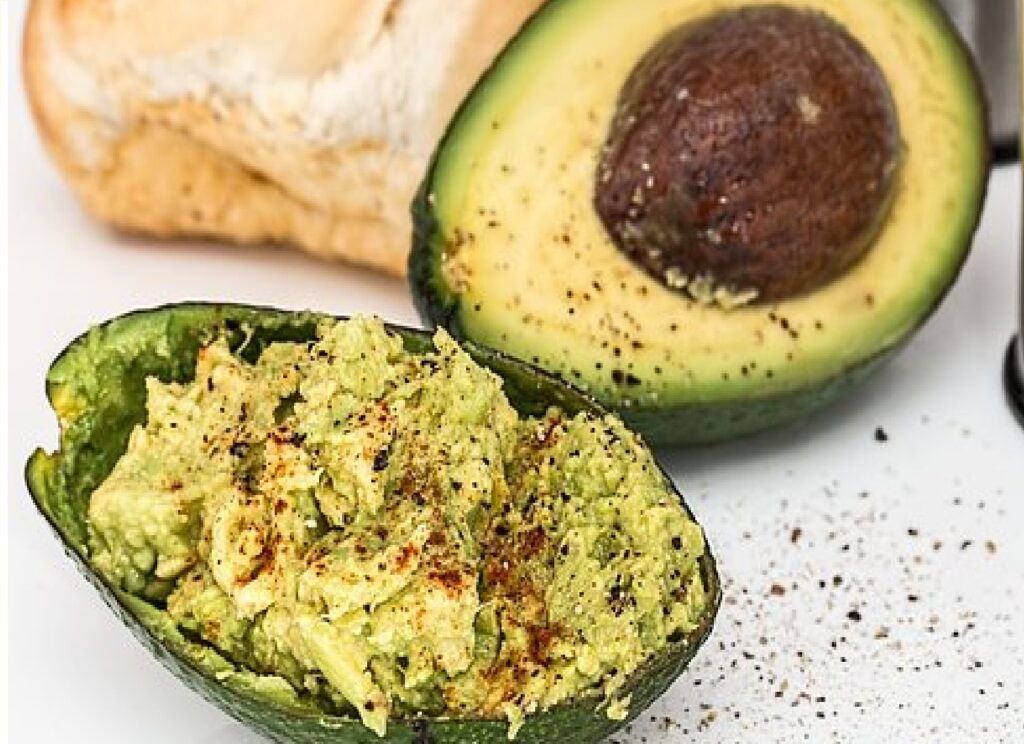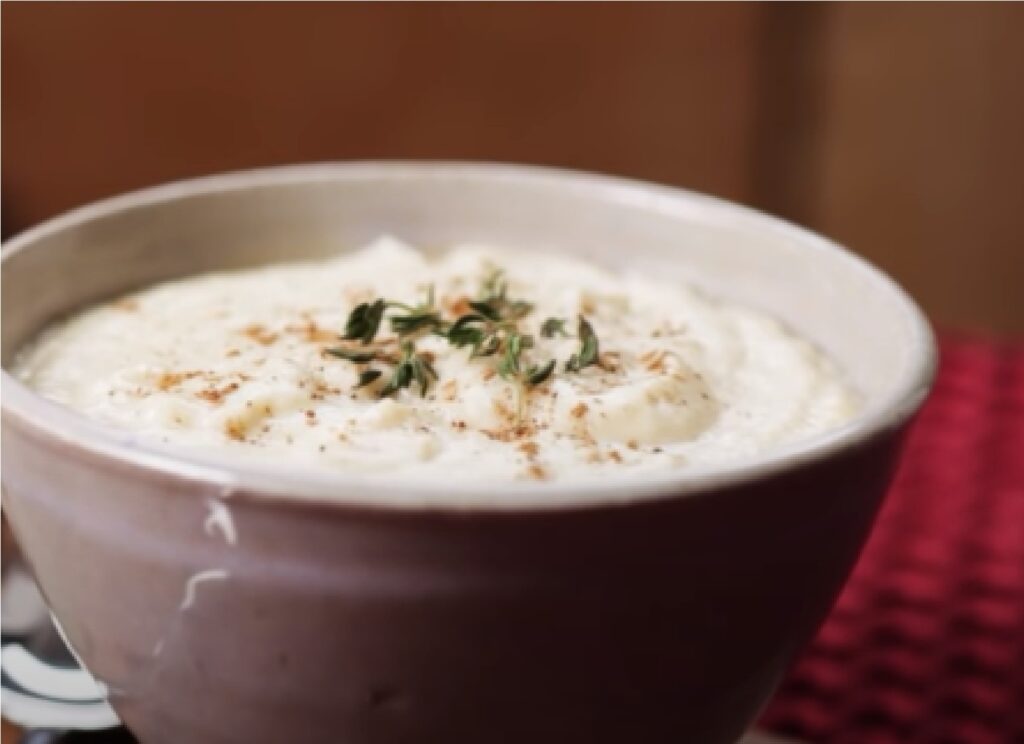Sourdough starter is a fermented dough used to leaven bread. It is made from a combination of flour, water and wild yeast. The dough is allowed to ferment for several days, during which time the wild yeast multiplies and the starter becomes very active.
When the starter is ready to use, a small amount is added to the dough, which helps to leaven the bread and give it a distinctive sour taste.
Sourdough starter: the secret to perfect bread
There’s something about the process of making sourdough starter that just feels magical to me. Maybe it’s the fact that you’re essentially growing your own yeast, or maybe it’s the fact that the end result is this delicious, tangy bread. Whatever the reason, I just love sourdough starter!
I love the process of making starter, watching the bubbly mixture come to life and then using it to make beautiful, tasty bread. It’s so satisfying to know that I’ve made something from scratch that is so delicious.
If you’ve never made sourdough starter before, I highly recommend it. It’s really not as difficult as it may seem, and it’s so worth it when you taste that first bite of sourdough bread!
Ingredients
You’ll need flour and water, that’s it! The amount of flour and water will be 1:1 ratio.
Here you’ll see 2 ways with different amount, try what you feel best suits you. Both ways work well.
Easy Recipe Instruction:
- To begin your starter, mix 50g flour with 50g tepid water in a jar or, better still, a plastic container. Make sure all the flour is incorporated and leave, semi-uncovered, at room temperature for 24 hrs.
- Mix 50g flour with 50g tepid water and stir into yesterday’s mixture. Make sure all the flour is incorporated and leave, semi-uncovered, at room temperature for another 24 hrs.
- Mix 50g flour with 50g tepid water and stir into yesterday’s mixture. Make sure all the flour is incorporated and leave, semi-uncovered, at room temperature for another 24 hrs.
- You should start to see some activity in the mixture now; there should be some bubbles forming and bubbling on top. Mix 50g flour with 50g tepid water and stir into yesterday’s mixture. Make sure all the flour is incorporated and leave, semi-uncovered, at room temperature for another 24 hrs.
- The mixture should be very active now and ready for making your levain (starter). If it’s not bubbling, continue to feed it on a daily basis until it does. When it’s ready, it should smell like yogurt. You now have a starter, which is the base to the bread. You’ll need to look after it, but naming is optional! Keep it in the fridge (it will stay dormant) and 24 hrs before you want to use it, pour half of it off and feed it with 100g flour and 100g water. Leave it at room temperature and it should become active again. The longer the starter has been dormant, the more times it will need to be refreshed – the process of pouring off half the starter and replacing it with new flour and water – to reactivate. If your starter is ready to use, a teaspoonful of the mixture should float in warm water.
The starter can now be used to make white sourdough bread. You’ll find another one below!
Sourdough starter: The ultimate guide to making your own
If you’re looking for a little change-up in your sourdough starter, here are a few variations you can try!
For a sweeter starter, add in 1/4 teaspoon of sugar when you feed it. This will encourage the growth of yeast, resulting in a slightly sweeter flavor in your bread.
If you want a more savory starter, add in 1/4 teaspoon of salt when you feed it. This will inhibit the growth of yeast, resulting in a more savory flavor in your bread.
You can also try using different types of flour for your starter. If you usually use all-purpose flour, try substituting in whole wheat flour or rye flour. This will give your bread a unique flavor that you can’t get with all-purpose flour alone.
Finally, if you’re feeling really adventurous, you can try using a different type of liquid altogether. Instead of using water, try using juice, beer, or even milk. Each of these will give your starter (and ultimately, your bread) a different flavor.
So go ahead and experiment with your sourdough starter! With a little trial and error, you’ll be able to find the perfect variation for your taste buds.
What is the point of a sourdough starter?
A sourdough starter is a fermented dough made from flour and water. It is used to leaven bread and give it a sour flavor. The starter is made by mixing flour and water and allowing it to sit for a few days to allow the natural yeast in the air to ferment the dough.
The starter can be used over and over again to make bread. Once the starter is made, it is kept in a cool, dark place. When you are ready to make bread, you simply add some of the starter to your dough. The dough will rise and be full of flavor.
There are many recipes that call for a sourdough starter. If you are interested in making sourdough bread, you can find a recipe online or in a cookbook. Start with a small batch of starter and see how you like the results. You may find that you never want to use anything else to leaven your bread!
Do you have to discard sourdough starter every time you feed it?
No, you don’t have to discard sourdough starter every time you feed it. In fact, you can keep your starter going indefinitely by following a few simple steps. First, make sure to feed your starter regularly (at least once a week) with fresh flour and water. Second, keep your starter in a cool, dark place. And finally, every few months, give your starter a fresh start by discarding a portion of it and starting again with fresh flour and water.
How long does it take to get a good sourdough starter?
There’s no one-size-fits-all answer to this question, as the amount of time it takes to create a viable sourdough starter can vary depending on a number of factors. However, in general, it takes anywhere from 3 to 7 days to create a starter that’s ready to use in baking.
If you’re new to sourdough baking, the process of creating a starter may seem daunting. But don’t worry – with a little patience and some trial and error, you’ll be able to make a delicious sourdough loaf in no time!
How old is the oldest sourdough starter?
There are many claims to the title of oldest sourdough starter in existence, with some starters said to be over 100 years old. The most well-known starter is the San Francisco sourdough starter, which is said to date back to the 1850s. This starter was used to create the famed San Francisco sourdough bread, which is still popular today. While the San Francisco starter is the most famous, it is not necessarily the oldest. There are many other starters that are said to be just as old, if not older.
One such starter is the Washington State University starter, which is said to date back to the 1860s. This starter was used to create the first sourdough bread made in the United States. The starter is still used today and is responsible for the delicious sourdough bread that is popular in the Pacific Northwest.
Another old starter is the Boudin Bakery starter, which dates back to 1849. This starter was used to create the first sourdough bread in San Francisco. The Boudin Bakery is still in operation today and still uses the same starter to make their delicious sourdough bread.
So, while there are many claims to the title of oldest sourdough starter, it is impossible to know for sure which one is the oldest. All we know for sure is that these starters are all quite old and have been used to create some of the most delicious sourdough breads in the world.
sourdough starter
Cuisine: EgyptianDifficulty: Easy4
servings168
hoursIngredients
- For the base
60g whole wheat flour
60g water
- Each time you’re feeding
60g all purpose flour
60g water
Directions
- Mix the water and flour until smooth. Add some water if it’s paste consistency. Now cover with a plastic wrap or lip and set aside in water spot for 2 days
- After 2 days pour off and brown liquid you see and take half starter from the jar and add the flor and water then give it a good stir. Cover and let it sit for another day
- Repeat the 2nd step for 4th day and keep repeating for the next 3days.
- By 7th day your starter will be double in size, it shouldn’t have any bad smell or brown liquid.
- Now take the dough starter in a new container and it’s ready to make sourdough!




